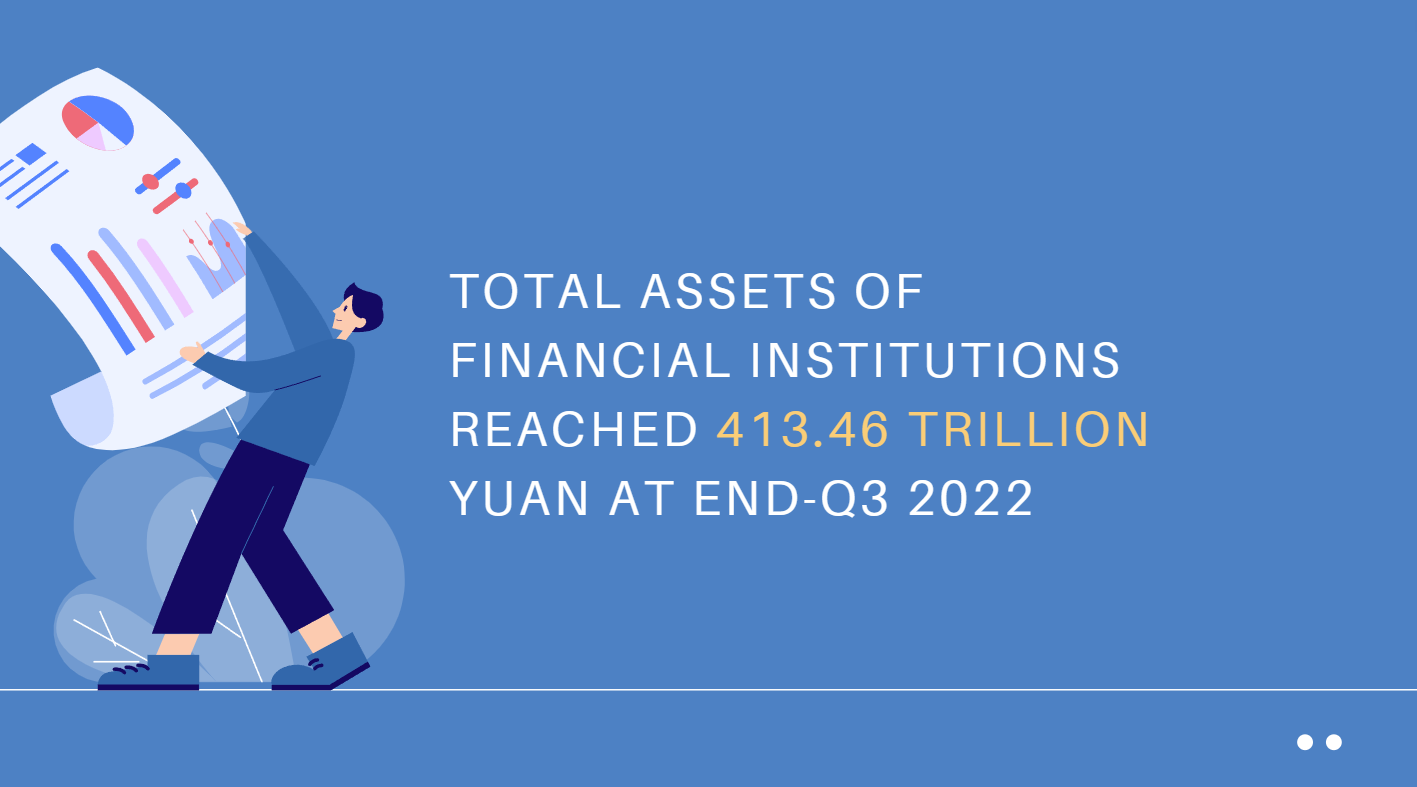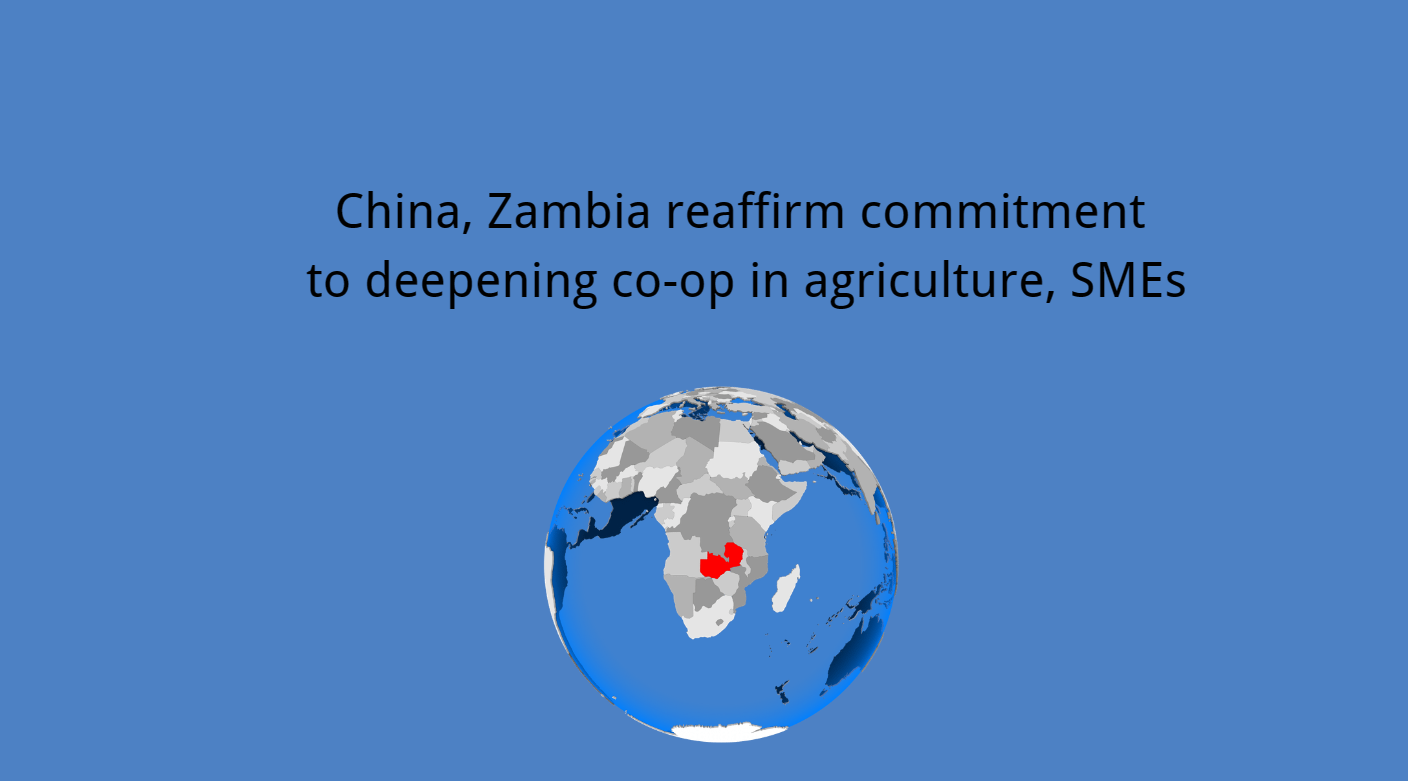A Standardized Approach to Estimating the Cost of Economic Inclusion Program
Download the file → English PDF
Abstract
Economic inclusion (EI) programs have become a key feature of national social protection systems globally and a large and growing body of evidence suggests that EI programming can increase the incomes and resilience of people living in extreme poverty. As a result, there is strong operational demand to better understand the cost drivers, cost-effectiveness, and sustainability of EI programs, including how these interventions interact with other services targeting the poor. The unique design and institutional characteristics of EI programs makes costing them both more challenging and more important than it is for traditional safety net programs. Cost analysis of these programs can provide valuable information for designing, planning, and evaluating programs. Without a robust understanding of the drivers of program costs, policymakers lack the information required to make decisions about which interventions to pursue, replicate, or scale up. Decision-makers tend to focus on the sticker price of a program - such as the average cost per participant - without recognizing the relevant aspects required to contextualize and interpret cost estimates. Sticker prices do not fully capture value for money, longer-term impacts, or sustainability. This note provides a standardized approach to costing EI programs using the quick costing tool from the partnership for EI. It offers guidance to programs teams on how to perform costing analysis, highlighting the operational relevance of cost data. It includes three case studies that describe how the tool has been applied to real-world EI programs and reviews the implications of this work for EI programming.
Author(s)
Chaudhary, Sarang
Brousset Chaman, Hugo
Swatton, Jenny






















































First, please LoginComment After ~